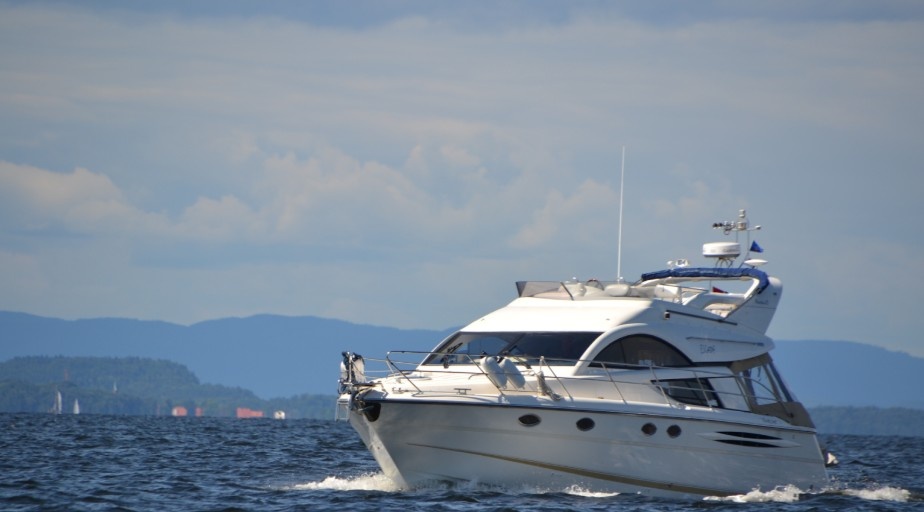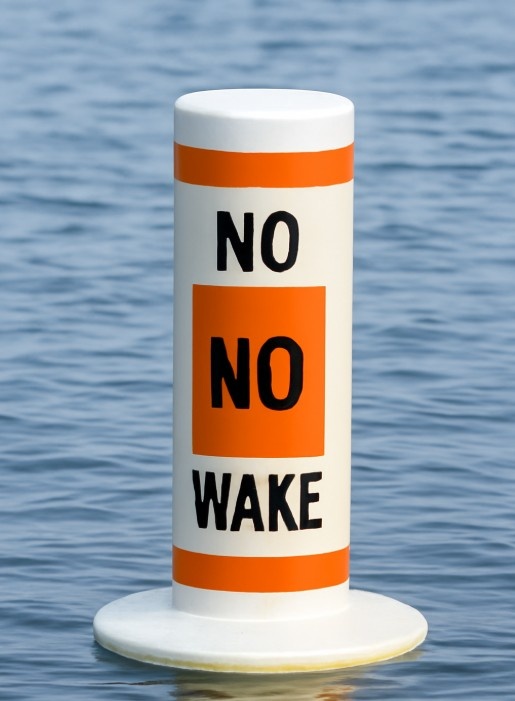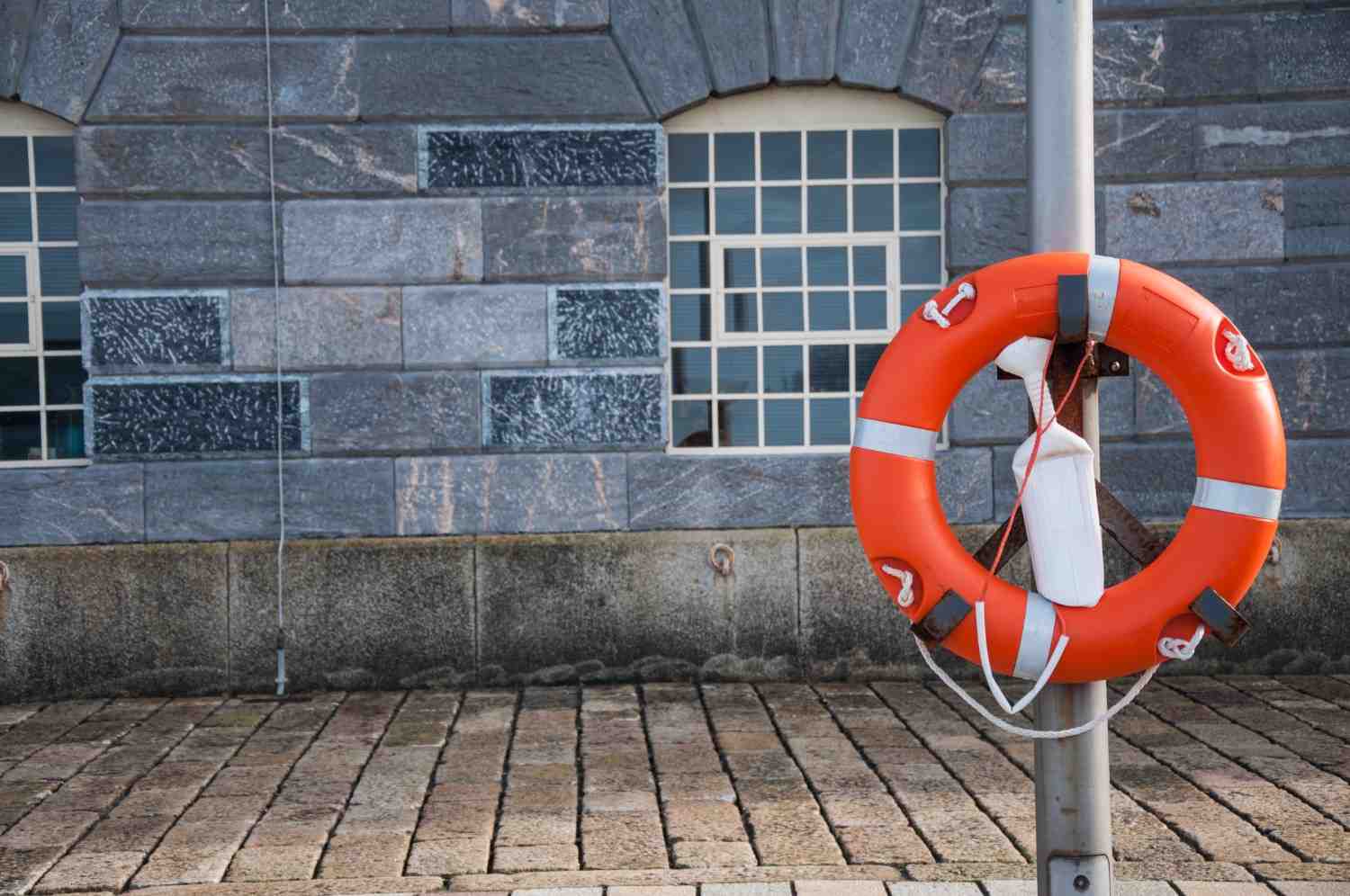I’ll never forget the first time I was out on the water with friends, cruising along a lake, when we came across a white buoy with an orange square and black lettering. I remember thinking, “That’s a very specific buoy.
But what does it actually mean?” None of us had a solid answer, and we all sort of shrugged it off, assuming it was just some random marker. But curiosity didn’t let me rest. The more I thought about it, the more I realized that buoys are more than just floating markers; they’re essential tools for navigation. Every color, shape, and marking on a buoy conveys critical information about the water, such as hazards, directions, or safety zones.
So, you see a white buoy with an orange square and black lettering. what does this buoy tell you? This is one of the most crucial buoy types to be familiar with. Let me break it down for you and explain how to interpret this marker, why it’s so important, and how it fits into the broader world of waterway navigation.
Understanding Regulatory Markers: What Does Each Symbol Mean?

Regulatory markers are an essential part of navigation. The orange square on the buoy signals that you are looking at a regulatory marker, which can be used to convey important boating rules or warnings.
This could include speed limits, fishing restrictions, or no-wake zones. The black lettering indicates the specific regulation that boaters need to follow.
Understanding the various symbols and markings on these buoys is crucial to staying safe and compliant on the water.
The Role of Orange Square Buoys in Boating Safety
Orange square buoys play a key role in ensuring safety by regulating boaters’ actions. Whether it’s enforcing speed limits or restricting certain activities like fishing or anchoring, these buoys help maintain order and reduce the risk of accidents. They provide clear guidance to boaters, reminding them of the rules they must follow to keep the waterway safe for everyone.
How Do These Buoys Fit Into the Larger Buoy System?

In the world of waterway navigation, buoys are categorized based on their shape, color, and markings. They provide critical information for safety and efficient navigation, especially in areas with high traffic, such as harbors, lakes, or channels.
The regulatory buoys with orange squares are part of the U.S. Aids to Navigation System (ATON), which helps boaters stay aware of important rules and navigational hazards. By recognizing the meaning of different colors and shapes, you can safely navigate any waterway.
What Do the Black Letters on the Orange Square Tell You?
How to Read the Black Lettering on the Orange Square?
The black lettering on the orange square provides more detailed information about the specific regulation or rule being enforced. For example, here are a few of the most common markings you might see on regulatory buoys with an orange square:
- “No Wake” – This means you should slow down to avoid creating large wakes that could disturb the shoreline or nearby boats.
- “Fishing” – If you see a buoy with a black “Fishing” marking, it may indicate either an authorized fishing area or a no-fishing zone, depending on the other markers around it.
- “Speed Limit” – A regulatory buoy may also display the speed limit for that particular area. If you see “Maximum Speed,” the buoy tells you the limit in place for safe boating.
The specific wording on the buoy is crucial for ensuring that boaters follow the designated rules for the area. The black lettering clearly spells out what is expected, whether it’s a restriction or a guideline that ensures everyone’s safety and enjoyment.
How to Make the Most of the Buoy System for Safe Boating
Now that you know what a white buoy with an orange square and black lettering represents, let’s talk about how to use this knowledge for safe boating.
A Step-by-Step Guide: What to Do When You See a Regulatory Buoy

Step 1: Always Pay Attention to Buoy Markings
Whenever you’re on the water, it’s critical to stay alert to any buoys in the area. Regulatory buoys are placed specifically to guide and protect boaters, so always read the messages carefully. If you’re unsure of the meaning of a buoy, always assume it’s there for a good reason, especially when it comes to safety and legal regulations.
Step 2: Adhere to Speed Limits and Restrictions
One of the most important rules you’ll encounter with regulatory buoys is speed limits. When you see a buoy indicating “No Wake” or a specific speed limit, it’s there to protect the environment, the shoreline, and other boaters. Follow these guidelines to avoid accidents and ensure a smooth experience for everyone.
Step 3: Keep Your Eyes Open for Additional Markers
While regulatory buoys provide essential information, it’s important to remember that they are just one part of the larger navigation system. Always be on the lookout for other navigational markers, such as hazard buoys or channel markers, that can help you stay on track. Together, these markers form a comprehensive system that keeps waterways safe and easy to navigate.
Common Types of Special-Purpose Buoys You Need to Know
Aside from the orange square regulatory buoys, there are other special-purpose buoys that serve different functions. These include buoys marking navigation channels, hazard zones, or those indicating areas to avoid, like underwater rocks or shallow water. Being familiar with these various markers will help you navigate with confidence.
Why Are Regulatory Markers Critical for Boating Safety?
Regulatory markers are essential for maintaining order on the water and preventing accidents. They ensure that boaters are aware of hazards, speed limits, and restricted areas, reducing the risk of collisions and damage to the environment. By paying attention to these markers, you help protect yourself and others.
Real-Life Examples of Areas with Regulatory Buoys
Certain bodies of water, such as lakes with heavy boating activity or narrow channels, frequently use regulatory buoys to manage traffic and safety. For example, areas near docks or marinas often have “No Wake” zones to protect boaters and nearby properties.
How Do Regulatory Buoys Help Prevent Accidents on the Water?
By clearly indicating the rules that boaters must follow, regulatory buoys reduce confusion and prevent accidents. They guide boaters in avoiding dangerous areas, such as shallow waters or restricted zones, and ensure that everyone on the water is following the same set of rules.
FAQ
What is the meaning of a white buoy with an orange square and black lettering?
This buoy is a regulatory marker that provides specific instructions or warnings to boaters, such as speed limits, no-wake zones, or fishing restrictions.
What should you do when you see a regulatory buoy with an orange square?
Always read the lettering on the buoy to understand the regulation it’s communicating. Follow the instructions, whether it’s to slow down, avoid certain areas, or follow a speed limit.
Are orange square buoys always regulatory markers?
Yes, the orange square on a buoy specifically signals that the buoy is a regulatory marker.
What other types of buoys should boaters be aware of?
In addition to regulatory buoys, boaters should also be aware of channel markers, hazard buoys, and mooring buoys, each serving different navigational and safety functions.
Can regulatory buoys be ignored if there are no obvious hazards?
No, regulatory buoys should always be followed. They may be indicating rules that help prevent potential hazards, even if they’re not immediately visible.
Where are regulatory buoys typically found?
Regulatory buoys are often found in busy waterways, near harbors, marinas, and areas with heavy boating traffic where specific rules are necessary for safe navigation.
Final Word Before You ‘Dive’ In
So, you see a white buoy with an orange square and black lettering. what does this buoy tell you? It’s an important marker that communicates vital regulatory information for safe navigation. These buoys are there to keep boaters and kayakers safe, ensuring everyone follows the correct rules and avoids hazards. Whether you’re dealing with speed limits, fishing zones, or no-wake areas, these markers provide clear direction and guidance.
Next time you encounter a regulatory buoy, don’t just pass it by. Take a moment to read and follow the instructions, and always be aware of the waterway’s rules. After all, navigating safely and responsibly is the best way to ensure a pleasant experience for everyone on the water.
Happy boating! Remember to stay safe, stay aware, and respect the markers.








